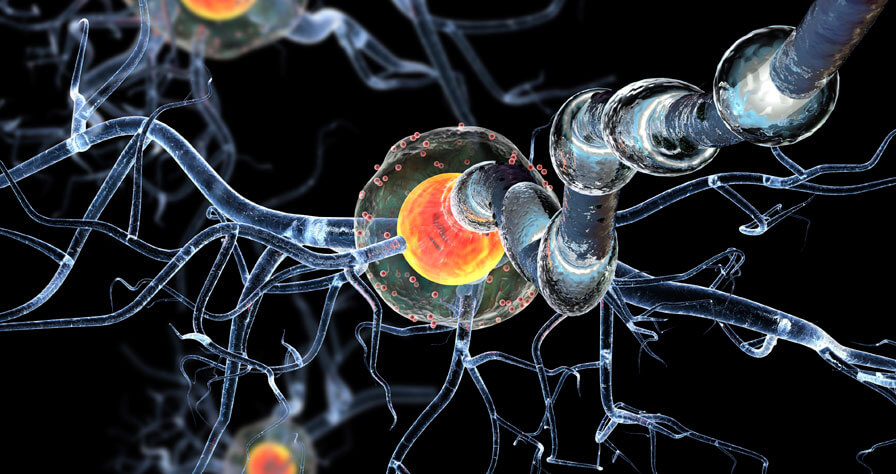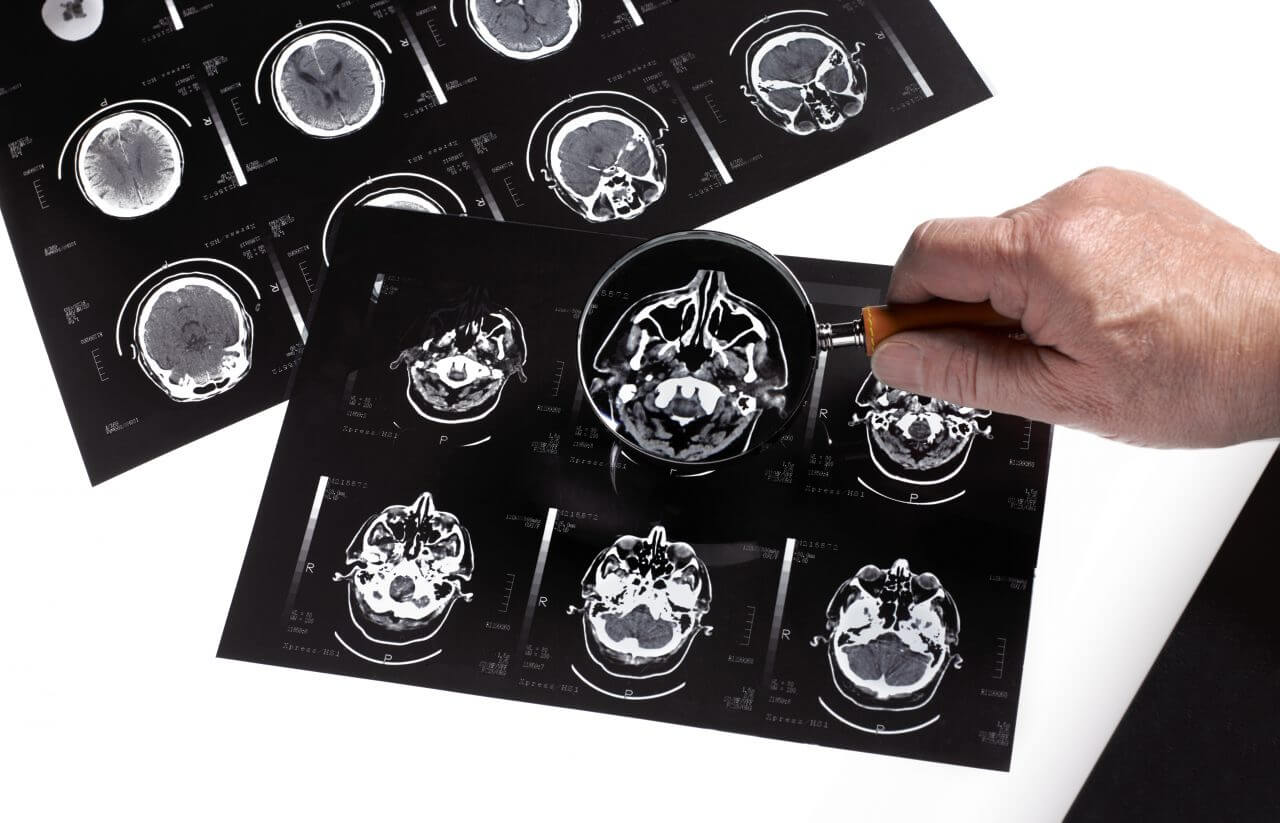FAQs on Lewy Body Dementia

Facing a difficult diagnosis such as Alzheimer’s or Parkinson’s can strike fear and uncertainty in patients and their families. A related, but lesser-known progressive disease, Lewy body dementia, can be even more challenging to face, as it’s hard to diagnose, and patients suffer from a wide range of symptoms.
Affecting more than 1 million Americans and their families, Lewy body dementia is the second most common type of degenerative dementia, after Alzheimer’s disease. It can affect every aspect of a person – thinking, behavior, movement and mood.
Lewy body dementia is actually an umbrella term for two related conditions – Parkinson’s disease dementia and dementia with Lewy bodies. It develops when abnormal protein deposits disrupt the brain’s normal functioning. The condition is named after scientist Friederich H. Lewy, who discovered the proteins, “Lewy bodies,” while researching Parkinson’s in 1912.
Symptoms and diagnosis
Diagnosing Lewy body dementia can be difficult because symptoms often mimic Parkinson’s or Alzheimer’s, and they often vary widely in different patients, fluctuating even in individuals. While there is no cure, its symptoms are treatable and include:
- Impaired thinking, difficulty planning and processing information, memory or the ability to understand visual information
- Fluctuations in cognition, attention or alertness
- Problems with movement including tremors, stiffness, slowness and difficulty walking
- Sleep disorders, including acting out one’s dreams while asleep
- Behavioral and mood symptoms, including depression, apathy, anxiety, agitation, hallucinations, delusions or paranoia
- Changes in body functions, such as blood pressure control, temperature regulation, and bladder and bowel function
Early diagnosis of Lewy body dementia is important because early treatment can improve a patient’s quality of life and independence. In addition, patients with Lewy body dementia often react to certain prescription and over-the-counter medications differently than Alzheimer’s or Parkinson’s patients. For these reasons, the disease requires a comprehensive treatment approach involving a team of physicians from different specialties, as well as a strong social support system.
Who is at risk?
The onset of Lewy body dementia typically occurs after age 50; however, some cases have been reported earlier. It appears to affect slightly more men than women, and having a family member with the disease may increase your risk. Studies suggest that adopting a healthy lifestyle might delay age-associated dementias. The average duration for the disease is five to seven years, but it can range from two to 20 years.
Because of the challenging combination of symptoms, patients and their families can benefit from a number of healthcare resources. If you or a loved one has signs of dementia, see your doctor. If you or a loved one has been diagnosed with a progressive disease such as Lewy body dementia, ask your doctor about support groups in your community.
Patients and caregivers can find resources and support for Lewy Body Dementia from the Alzheimer’s Association or a that National Institute on Aging.


.jpg?rev=9ddf6790805749b994e44780efdfb13c)
